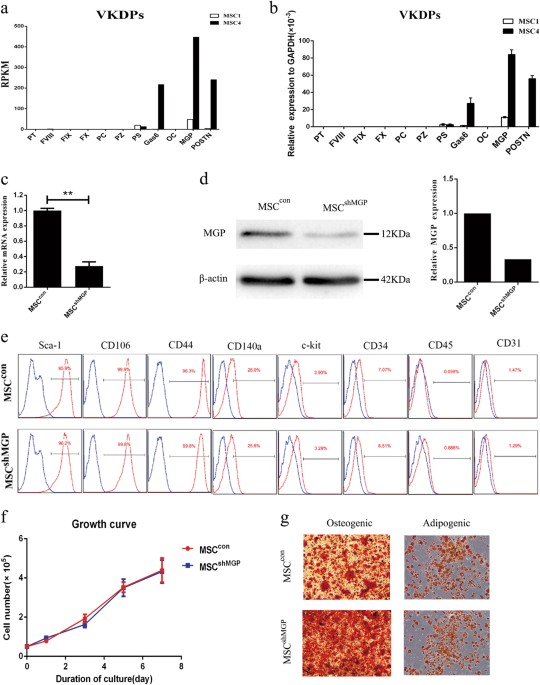
- Select a language for the TTS:
- UK English Female
- UK English Male
- US English Female
- US English Male
- Australian Female
- Australian Male
- Language selected: (auto detect) - EN
Play all audios:
BREXIT: EUSTICE SAYS UK’S FISHING WATERS IS A ‘POWERFUL CARD’ By UN convention the UK’s fishing limits stretch out over a vast swathe of ocean up to 200 nautical miles from its shores. This
area contains six times the fish stocks of the rest of the EU put together. However, the Common Fisheries Policy (CFP), enacted in 1983, means that fleets from every member state has full
access to each other's waters, apart from 12 nautical miles from the coast. RELATED ARTICLES Each year, EU ministers haggle over the volume of fish that can be caught from each stock
and national quotas are then divided up using historical data going back to the Seventies. UK fishermen believe they were given a raw deal when these quotas were decided. Combined with the
fact that parts of the British quota have been sold off over the years, this now means that 68 percent of the fishing mass caught in British waters is caught by foreign vessels. When it
comes to Brexit negotiations, the UK fishing industry is determined to reclaim control of British waters. READ MORE: EU BACKLASH: HOW CHARLES MICHEL WAS ‘ATTACKED WITH CHIPS AND MAYO'
Boris Johnson has vowed to stand up for British fishermen (Image: GETTY) Fishing boat off the coast of Scotland (Image: GETTY) The UK government wants to hold annual talks with the EU on
access to its waters, like other independent coastal states like Norway do. Meanwhile, the EU is pushing for continued automatic access to keep their fishing communities afloat. However,
while British fishermen are keen to see the UK controlling its waters again, there are fears that this could bring back the conflict of the so-called cod wars. International tensions over
fishing date back to the 19th century when steam trawlers started venturing further away from Britain in search of fish. Harold Wilson meets Icelandic Prime Minister Geir Hallgrimsson in
1976 (Image: GETTY) RELATED ARTICLES Unfortunately, the fishing boom caused by improvements in technology started affecting fish stocks. It became harder and harder to get fish, boats sought
new waters nearer Iceland, which in turn started resenting the UK for depleting its own stocks. In 1952, Iceland declared a four-mile zone around their country to stop excessive foreign
fishing. The UK hit back by banning the import of Icelandic fish. DON'T MISS GIBRALTAR FURY: HOW UK ‘WENT SOFT’ ON ILLEGAL SPANISH FISHING [REVEALED] HOW CHARLES MICHEL’S GOVERNMENT
COLLAPSED OVER MIGRATION [ANALYSIS] TONY BLAIR BLAMED EU FOR ‘DESTROYING JOBS AND DRAINING RESOURCES’ [QUOTE] European fisheries (Image: EXPRESS NEWSPAPERS) Then, in 1958, after years of
failed diplomacy, Iceland expanded the zone to 12 miles and banned any foreign fleets from fishing in these waters, in defiance of international law. The UK rejected this, and instead of
sticking to the limits, sent Royal Navy frigates to accompany fishing boats into the exclusion zone to continue fishing. A game of cat-and-mouse ensued between the Icelandic coastguard
vessels and the British trawlers. In response to attempts to seize them, the trawlers rammed the coastguard vessels and the Icelandic threatened to open fire, although major incidents were
thankfully avoided. BREXIT: UK FISHERMEN THROW CATCH AWAY AFTER FILLING QUOTA In 1961, the two countries came to an agreement that allowed Iceland to keep its 12-mile zone in return for
conditional access for UK boats. By 1972, however, overfishing was becoming much worse and Iceland extended its exclusive zone to 50 miles and, in 1976, to 200 miles. These led to even more
clashes between Icelandic trawlers and Royal Navy fisheries protection vessels. Iceland coastguard vessels started towing devices designed to just the street trawl wires of British trawlers.
HMS Tyne on fisheries protection duties in the English Channel (Image: GETTY) Vessels on both sides were involved in deliberate collisions. One British fisherman was seriously injured when
he hit a severed hawser and one Icelandic engineer died when trying to repair a damaged trawler. In January 1976, NATO had to get involved regarding a skirmish between HMS Andromeda and an
Icelandic gunboat called Thor. The organisation helped the parties reach another agreement in May 1976 over UK access and catch limits. This gave 30 vessels access to Iceland’s waters for
six months. Due to Iceland’s strategic usefulness to the US, NATO started to put pressure on the UK to concede for the sake of the military alliance in the midst of the Cold War. However,
the loss of Atlantic fishing grounds cost around 1,500 jobs in the ports of Scotland and northeast England, with many more jobs lost in in-shore support industries. The UK also decided to
establish its own 200-mile limit and eventually the UN decided to draw up the Convention on the Law of the Sea, giving every sovereign nation an “exclusive economic zone” (EEZ). EEZ of UK
and neighbours (Image: EXPRESS NEWSPAPERS) The EEZ stretched up to 200 miles from the coastline or up the median point between one country and its neighbour. A year later, the EEC adopted
the Common Fisheries Policy, opening up access to every EEC country. There are fears that when the UK leaves the CFP, disputes will once more arise over who can fish in what waters. The UN
convention has never properly been operated on in Europe, because it was so closely followed by the CFP. EU countries reliant on UK fishing waters (Image: EXPRESS NEWSPAPERS) Right up
through the Fifties, Sixties and Seventies – really until the 1983 fisheries agreement – there were continuous disputes over fishing. While Brexit means the UK can officially take back
control of its waters, fishermen from the EU who will be losing their livelihoods may not see it that way and an increase in illegal fishing is not inconceivable. What's more, the CFP
essentially created one giant EEZ, but the creation of two competing zones – the EU's and the UK's – could mean battles on the borders all over again.







:max_bytes(150000):strip_icc():focal(1119x238:1121x240)/Chris-Godwin-020823-01-67741b70ece040e7ade3e6d5102e328d.jpg)